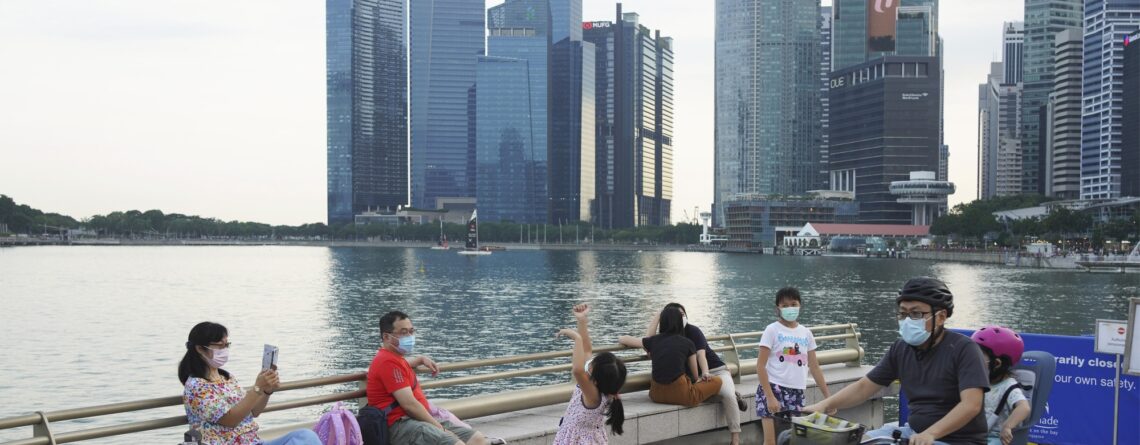Singapore faces shrinking population as total fertility rate falls below 1% for first time
Singapore, facing a dwindling population and a manpower shortage, has seen its resident total fertility rate (TFR) drop to an estimated 0.97 per cent in 2023, the first time it has dropped below one per cent in the country’s history.
The TFR, which refers to the average number of babies each woman would have during her reproductive years, fell from 1.04 in 2022 and 1.12 in 2021, Minister in the Prime Minister’s Office (PMO) Indranee Rajah told Parliament on Wednesday.
The birth rate remains below the replacement rate of 2.1 – the level at which a population replaces itself. The latest figure places Singapore among countries with the lowest birth rates globally, with South Korea topping the list at 0.72 in 2023, The Straits Times newspaper reported on Wednesday.
There were 26,500 resident marriages and 30,500 resident births in 2023, said Indranee, who oversees the National Population and Talent Division, which is under the Strategy Group in the PMO.
“Overall, however, there were fewer resident marriages and births annually on average over the last five years, compared to the preceding five-year period,” she said.
Singapore is confronted with the “twin demographic challenges of a persistently low fertility rate and an ageing population”, the daily quoted the minister as saying.
These challenges are not unique to Singapore, she added. For example, European countries like Italy and Spain continue to see a record-low number of births year-on-year, while neighbouring Malaysia and Thailand also saw their fertility rates fall in 2022.
Indranee gave various reasons for Singapore’s low fertility, including the Covid-19 pandemic disrupting some couples’ marriage and parenthood plans.
She added, “Others cite concerns about the financial costs of child-raising, pressures to be an excellent parent, or difficulties managing work and family commitments.”
Indranee said the falling numbers reflect a generational change in priorities, and young people may not even see marriage or parenthood as important life goals.
The falling TFR has serious implications for Singapore’s future, she cautioned. Families are getting smaller than before, and more couples have to care for both their children and their elderly parents, she said.
The minister said, “With fewer births, we will face a shrinking workforce. It will be increasingly challenging to maintain our dynamism, attract global businesses and create opportunities for the next generation.”
She added that countries such as South Korea and Italy have already experienced this, and they are grappling with economic slowdowns and falling wages — which are further compounded by low fertility rates and the resulting demographic changes.
In 2023, the government announced various measures to support marriage and parenthood, including doubling the government-paid paternity leave to four weeks from January 1 and increasing Baby Bonus benefits.
It has also supported the adoption of flexible work arrangements as part of efforts to help working parents manage jobs and family commitments.
On this front, a tripartite work group is developing guidelines on flexible work arrangements that will be compulsory for employers to follow once they are implemented later in 2024, the Singapore daily reported.
Read more @deccanherald











